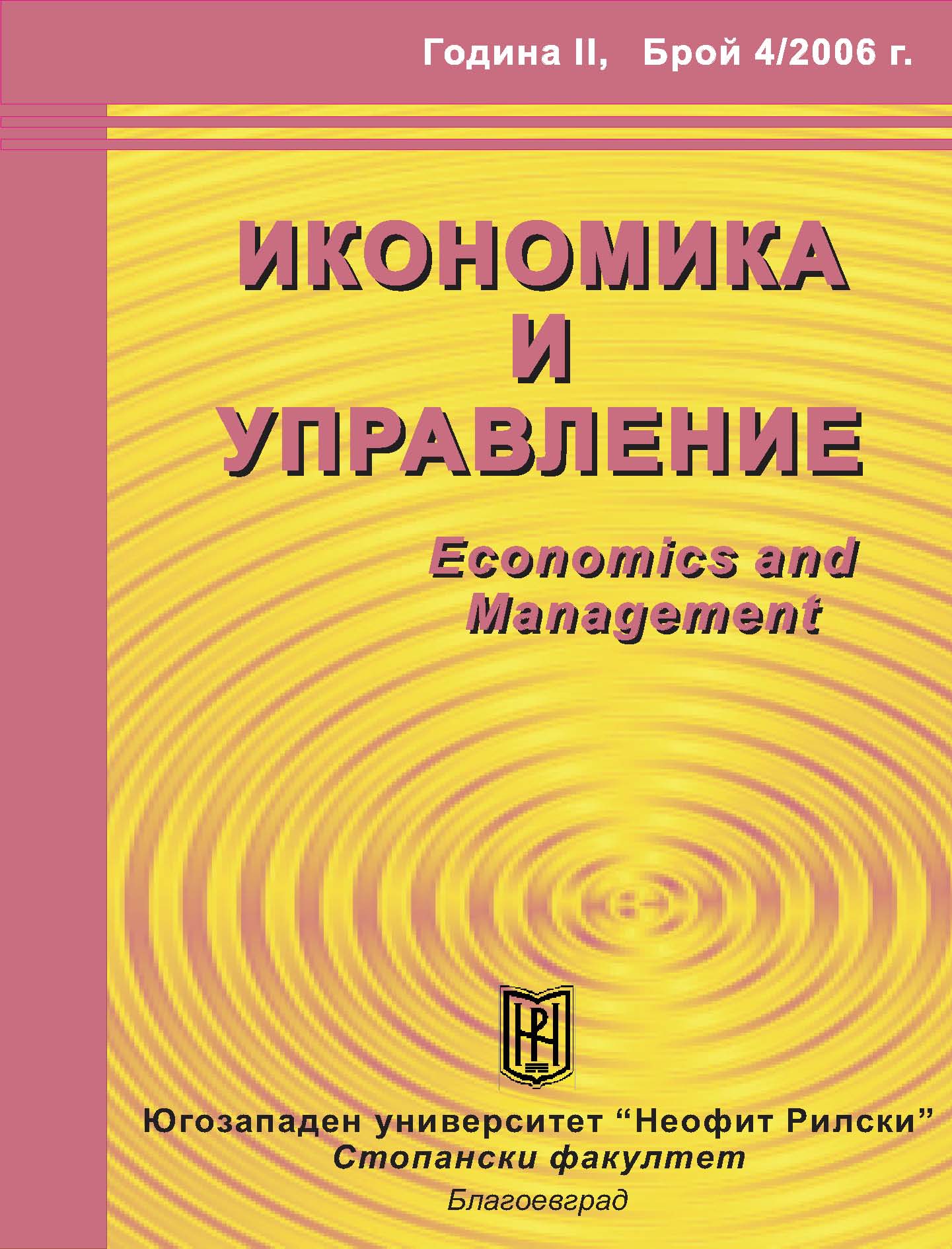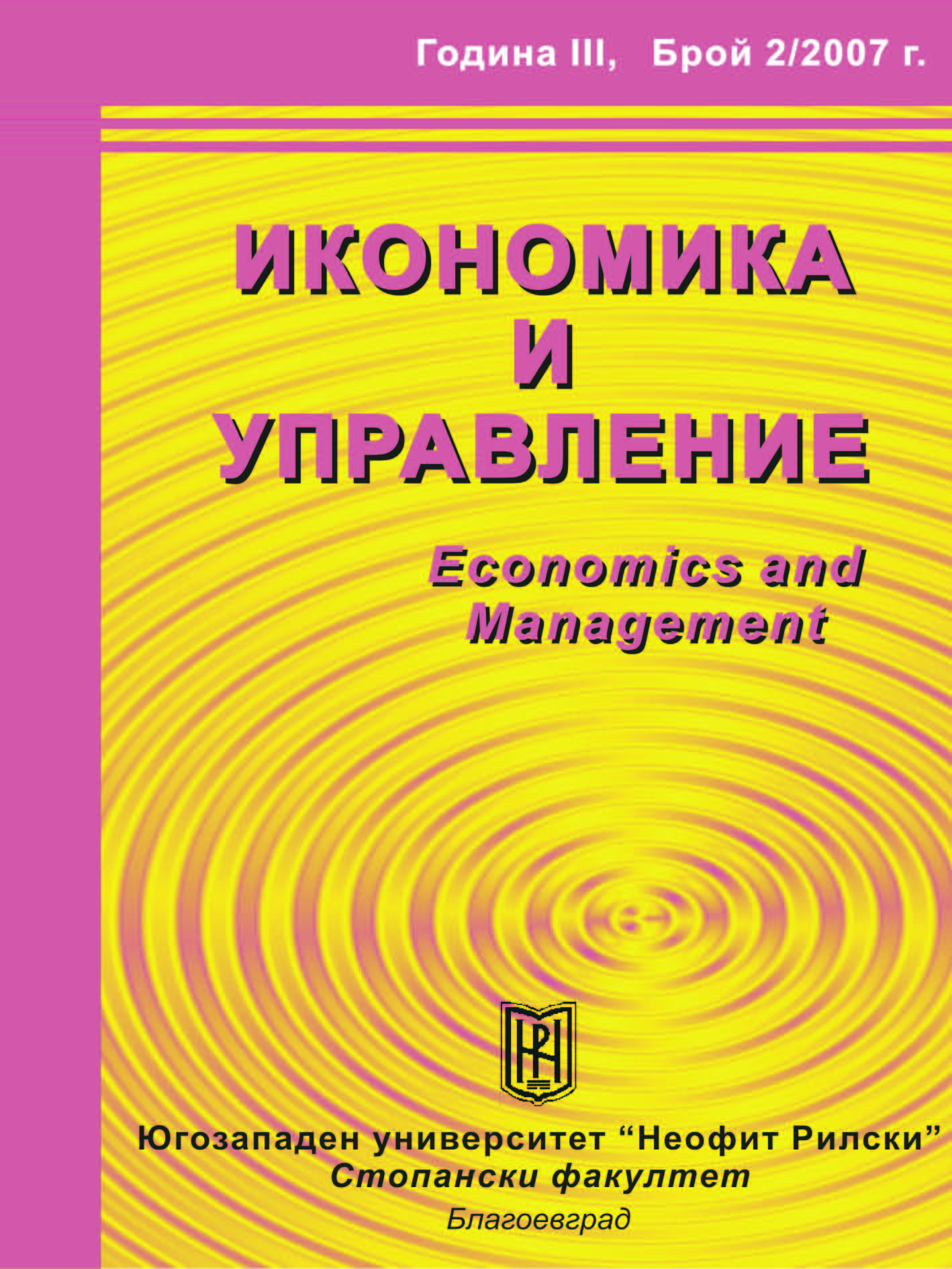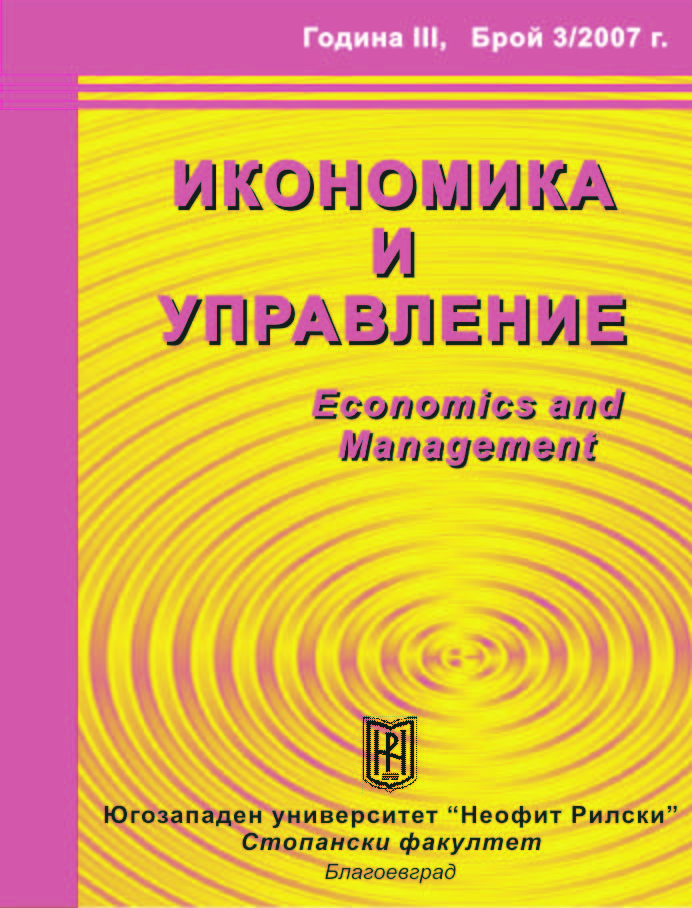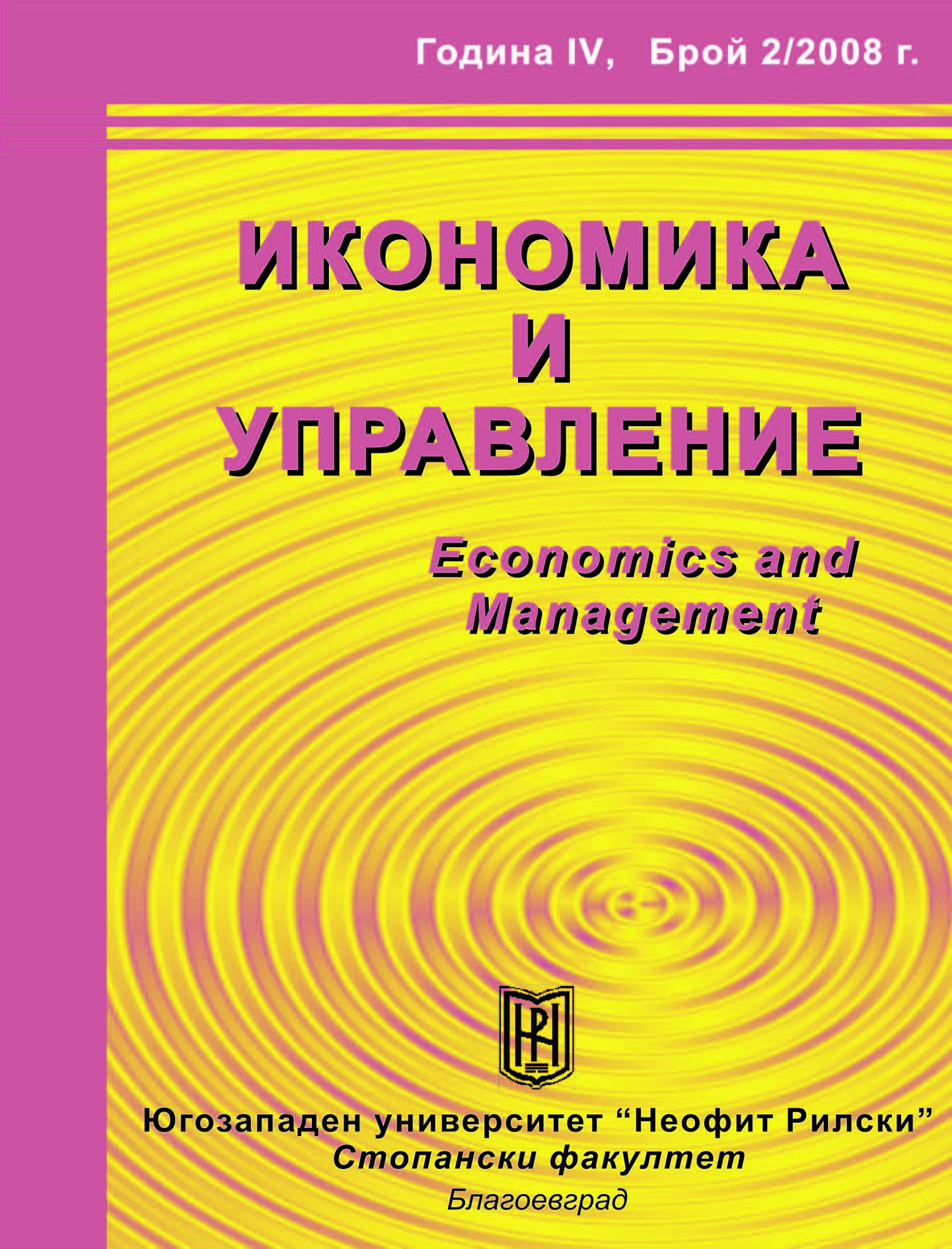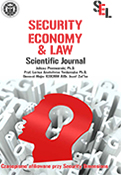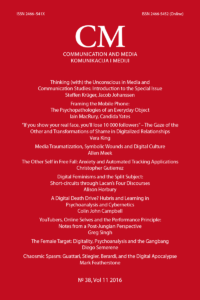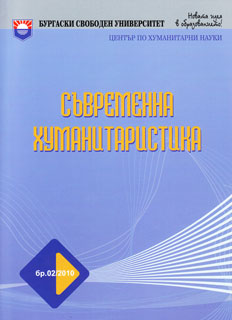
РR чрез интернет - възможност да спечелиш битката още преди да е започнала
The report examines changes in two-way approach PR - Internet and social networks. It is traced the role of the specialist in PR as a vanguard in the adoption and implementation in practice of new media tools - the key to understanding the philosophy of modern PR.
More...
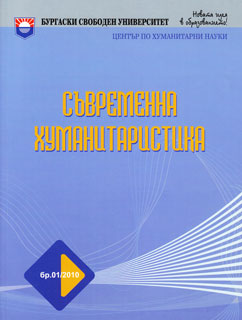
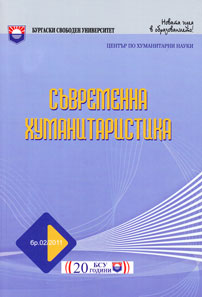
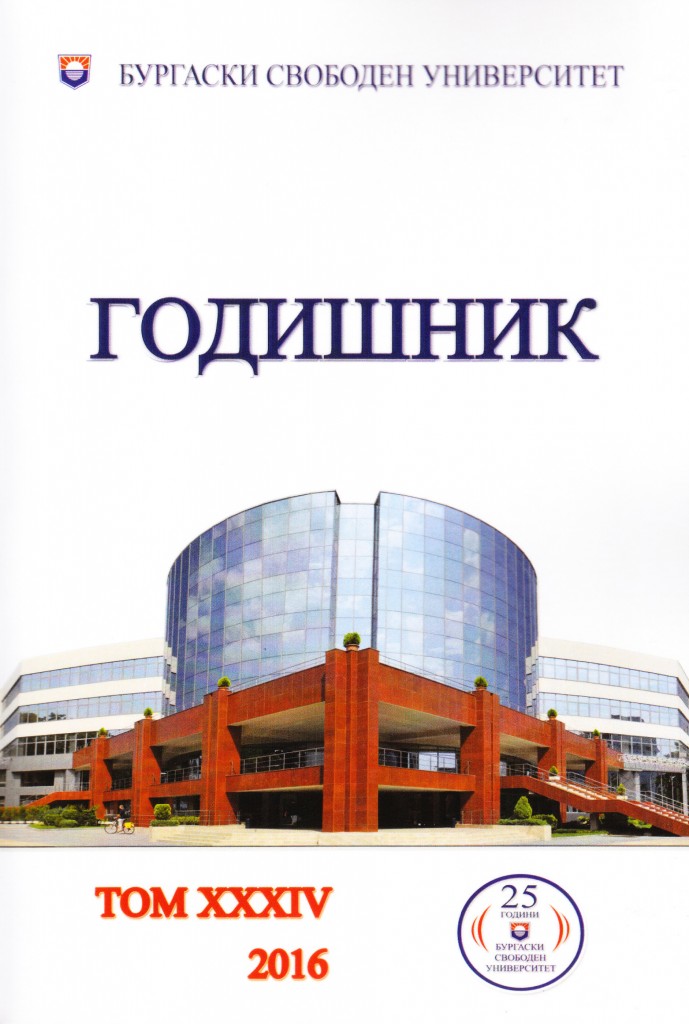
![Book Review of „Noua eră a vechilor media. O analiză experimentală a efectelor produse de cadrajele media” [The New Era of Old Media. An Experimental Analysis of Media Framing Effects] by Raluca Buturoiu, București: Comunicare.ro, 2016, 272 p.](/api/image/getissuecoverimage?id=picture_2016_29833.jpg)
